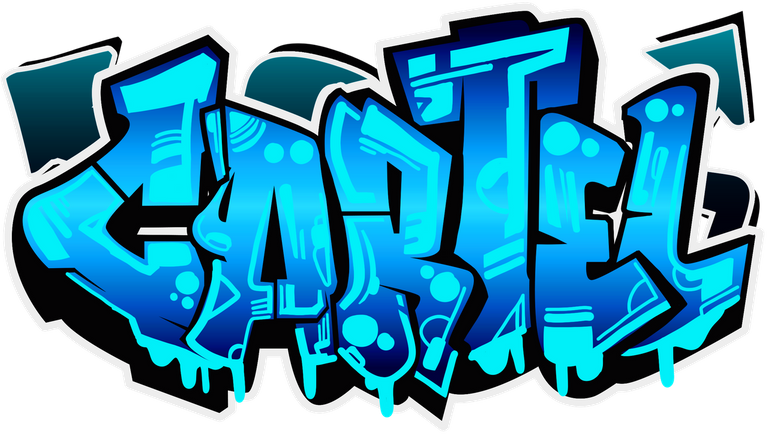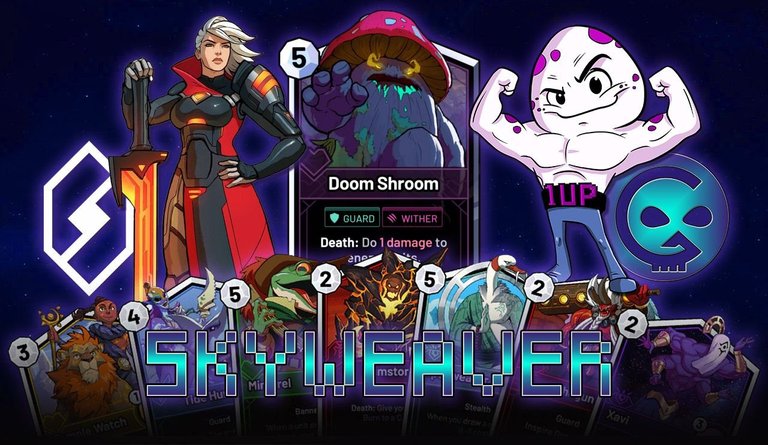
Welcome to the #oneup Cartel's weekly Skyweaver report featuring an update on my collection progress, ranked mode strategies, and ongoing learning process. As you've probably noticed, I've skipped a week and will be covering two weeks with of progression in this report. My posting schedule had become out-of-sync with the weekly ranked rewards as a result of my previous PC troubles, but now you can expect regular updates on Tuesdays (or Wednesdays for larger updates like this one) going forward.

What's New?
Over the last two weeks, Skyweaver has been a happenin' place to be!
OpenSea Partnership
First up, Team Horizon has announced an OpenSea Partnership:
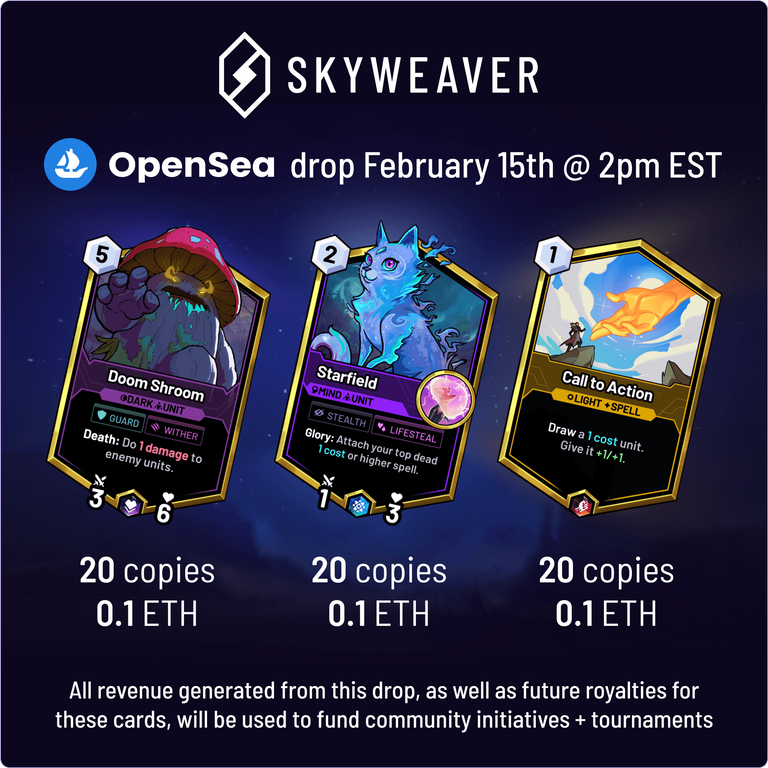
These particular Gold cards have a total supply of 800 cards, each, that were originally distributed as rewards for top-performing Private Beta players in the Preseason and Season 0 ranked modes. There are ~40 copies of each card left, and 20 of them have been set aside for OpenSea. Players that earned these cards in the Private Beta will receive their copies a few days after the OpenSea drop.

Balance Patch #87
The latest balance patch includes the ability to see your opponent's Skytag and Prism(s) in the top-left corner of the screen during card selection. Card selection also received a deck view button in the top right corner for double-checking your decklist prior to locking in your choices. The Graveyard has been similarly optimized by preventing tooltips from appearing (and covering other cards) when hovering over the list. You must now click on the card you want to view to see it's tooltip.
If you've followed my previous posts, you'll know that I've talked a lot about how much RNG impacts Discovery mode, especially when it comes to providing reliably useful cards to play. A massive list of adjustments have been made to the rate at which certain cards are likely to appear in your decklist. Check the patch notes for exact details.
This patch also includes changes for the following 13 cards:
| PRISM | CARD | BUFF or NERF? |
|---|---|---|
| AGILITY | Huntaro | Nerf |
| AGILITY | Great Gusto | Buff |
| HEART | Chester | Nerf |
| HEART | Hexed Doll | Nerf |
| HEART | Shade | Nerf |
| INTELLECT | Electric Eel | Buff |
| INTELLECT | Krakus | Buff |
| INTELLECT | Leonitus | Buff |
| STRENGTH | Glorious Mane | Nerf |
| WISDOM | Guru | Buff |
| WISDOM | Jakintsu | Mixed |
| WISDOM | Spirit of Sleep | Nerf |
| WISDOM | Touch the Sky | Nerf |
Oh, and before I forget: Beginning Conquest runs now require a rank of Apprentice.

Open Beta
With the Open Beta now live, Team Horizon has provided a list of useful reading material for new and returning players. Anyone that participated in previous phases of the Private Beta should have also received their Community Crystals.

The Numbers

Last time, I gained 30 Basic cards, attained Scholar in Discovery and paused at Recruit in Constructed. My goals were to reach Prophet in Constructed, polish my decklist for Conquest and attempt 5 runs. I was also waiting on Cartel funds to finish the journey over to the Sequence wallet, so I only had a collection size of 106 cards.

Since then, I've gained another 33 levels/cards, pushed to Scholar with Constructed, received the Cartel funding of ~$60 (~$34 remains), locked in my first decklist and completed 3 Conquest runs (details below). My collection has expanded to 155 cards; 17 of them being Silver with 3 being earned from Conquest runs.


Discovery Progress
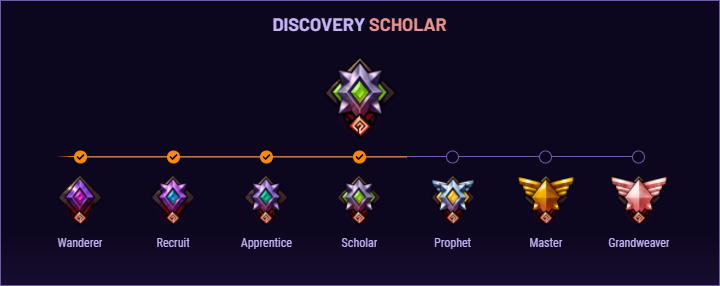
As planned in my previous report, I didn't play many discovery matches. That will likely change this next week, as I plan to push for Prophet in both modes for the extra cards. I've hit a roadblock in Constructed mode that will require having more Intellect cards available to me that I can experiment with until I figure out the right decklist for dealing with the latest meta.

Constructed Progress
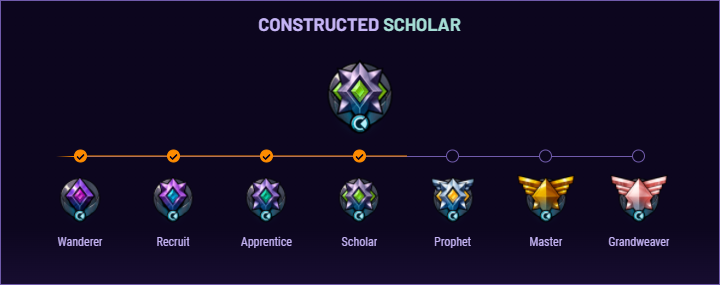
While I was able to attain the rank of Scholar, I fell short of reaching Prophet by a surprisingly large margin. In my previous report, I was using the following budget decklist made from only the cards I had unlocked:
SWxAGI02jtVVnmL9Yd9JPCPzUUPv7UZCZeY4XMxHbJQmiwEV9baivN3Nz4g6zVk4o8NDAeKWKKv5fnn4PUR2mxQW6J
When the Cartel's investment cleared, I spent a couple days narrowing down my first decklist to the following:
SWxAGI02i7i3oY56xeqyBW6v3rsVGoY8rvECMPyKyNsdccVJ4q2mZ8sBFxygbR7wdEcDXzzPaTYers1ghx7FHeT1F5
Some of the noteworthy changes include the removal of less impactful cards:
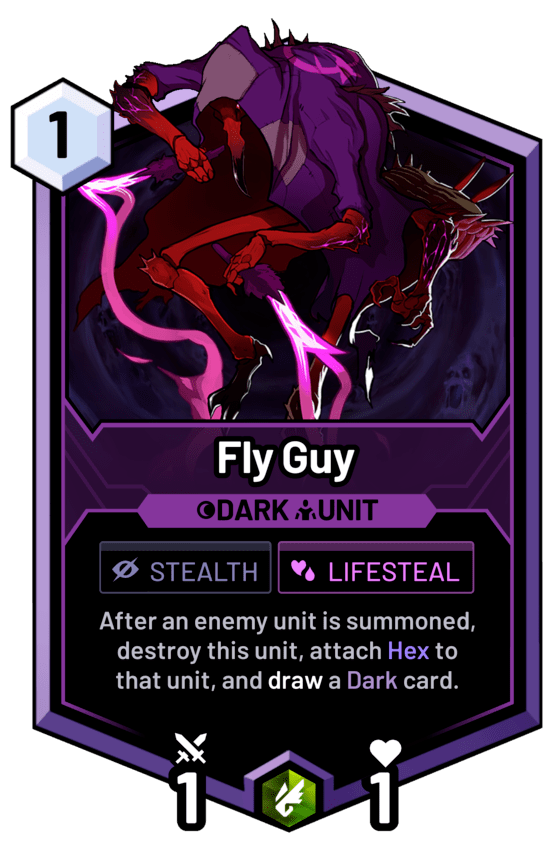 |  | 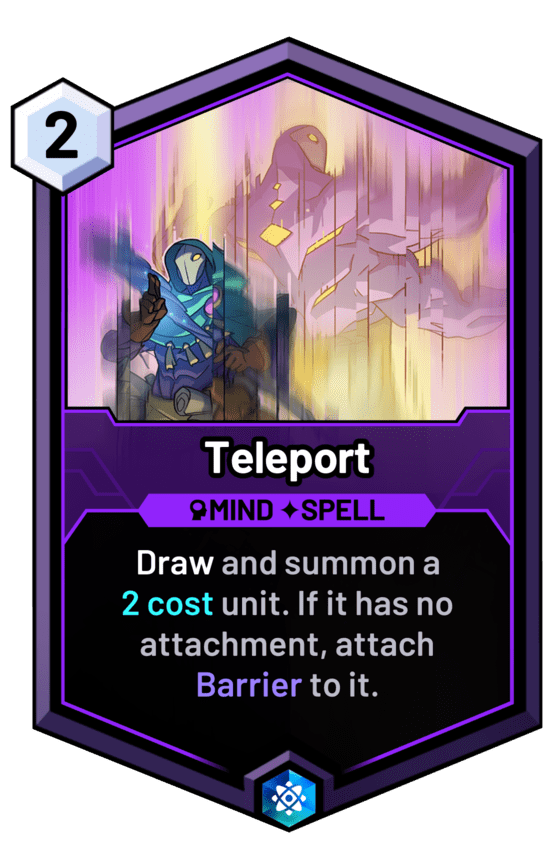 | 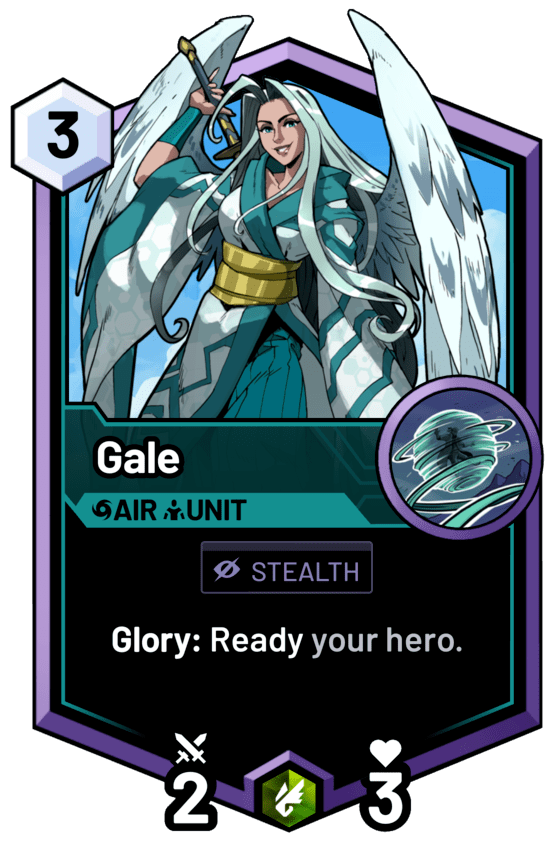 |
|---|
For more aggressive options:
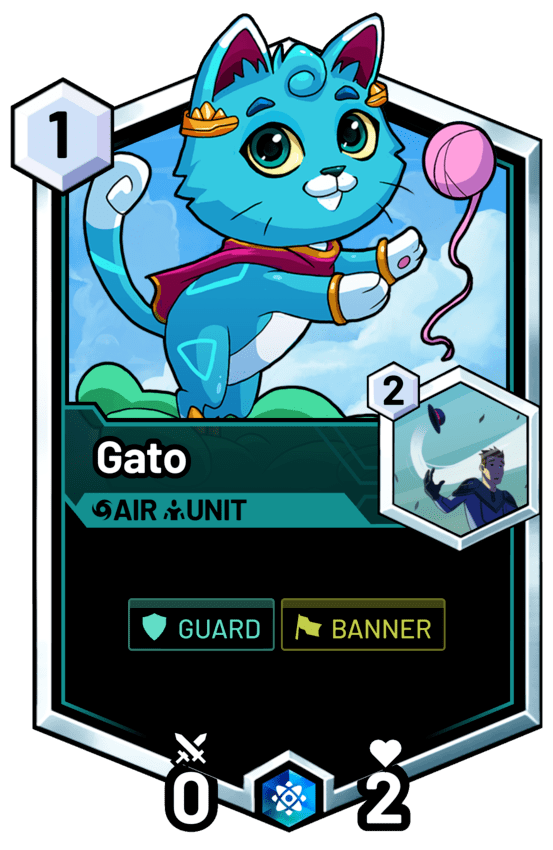 | 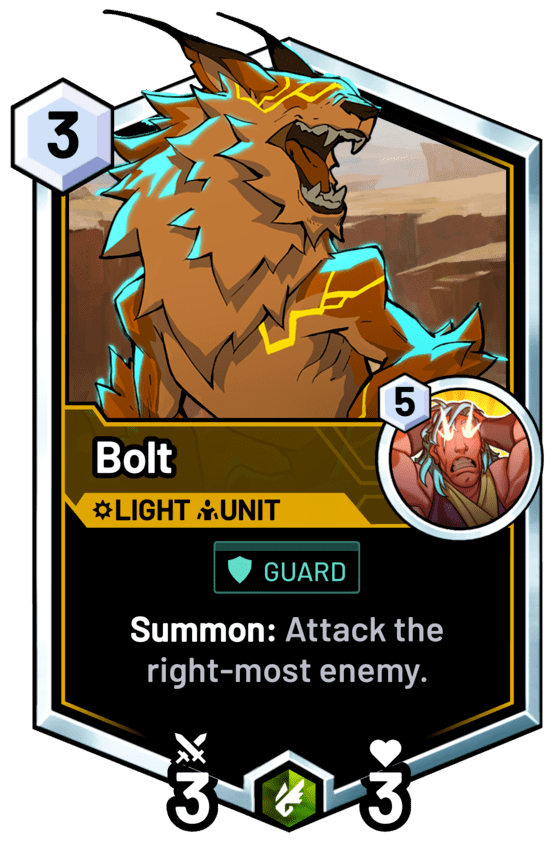 |  | 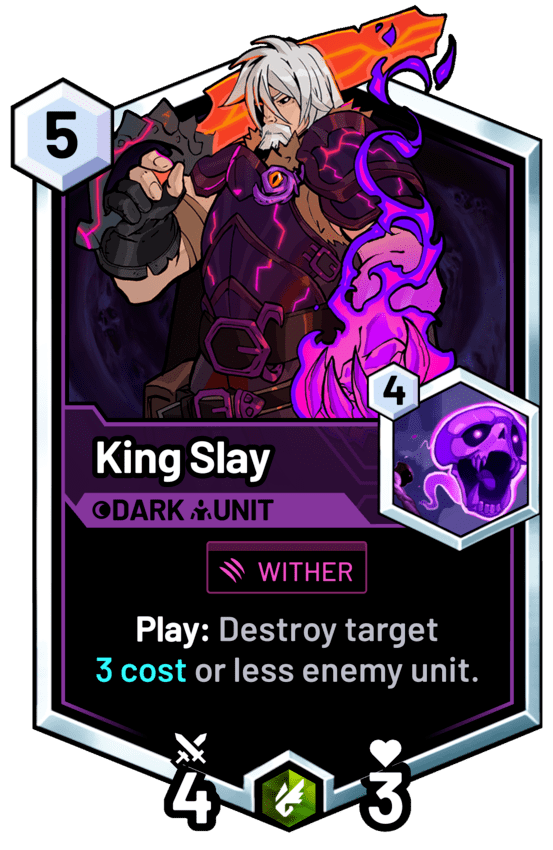 |
|---|
Fly Guy and Saber were too easy to pick-off by a wide variety of early-game counters. Teleport would replace the attachments of my 2-cost units with Barrier, and Gale belongs in a Banner-focused deck. Alternatively, each of their replacements can provide an immediate impact to the boardstate without needing to wait a turn.

What's Working
By the time I broke into Scholar, I was experiencing an ~80% win rate due to highly aggresive combos that snowballed onto the board without much room for counterplay. Heart, a problematic Prism for my Discovery matches, wasn't even on my radar.
STRONG OPENERS
 |  | 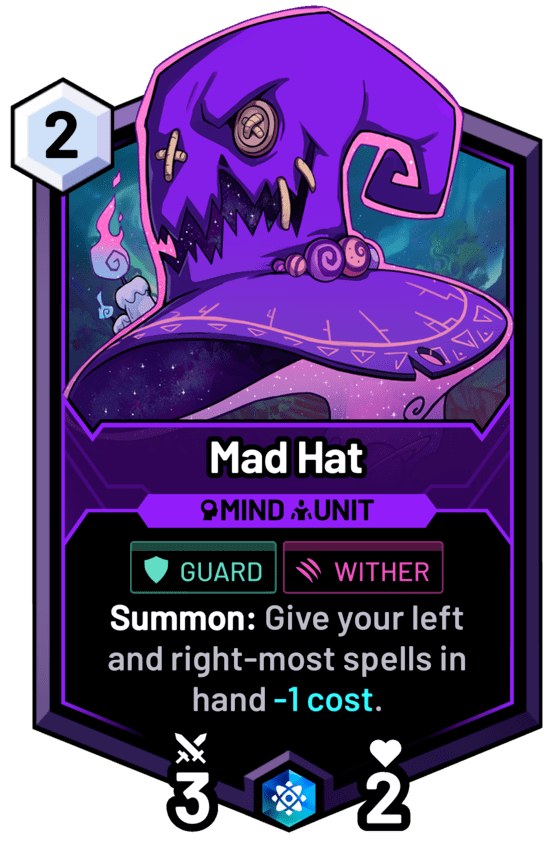 |  |
|---|
Gato, Bolt, and Speedster all guarantee 3+ damage on the first turn. The number doesn't exactly result in automatic wins, but that's nearly 10% of the opponent's health removed on the first turn. Gato has the added benefit of providing +1 card advantage while all of these units are touting Guard. More often than not they're killed off fairly quickly, but that's why the immediate damage output is so valuable. Whatever my first plays are, I want them to have an impact beyond the simple use of mana.

SURPRISING COMBO
In my last report, I identified a weakness in prolonged match-ups that frequently wore out my Constructed budget deck. Additional card draws from cards like Drum Up were noted as appealing options I was considering. I'll talk more about Riptide later (my other card draw choice), but for now let's walk through an interesting mid-to-late-game combo I stumbled upon one match.
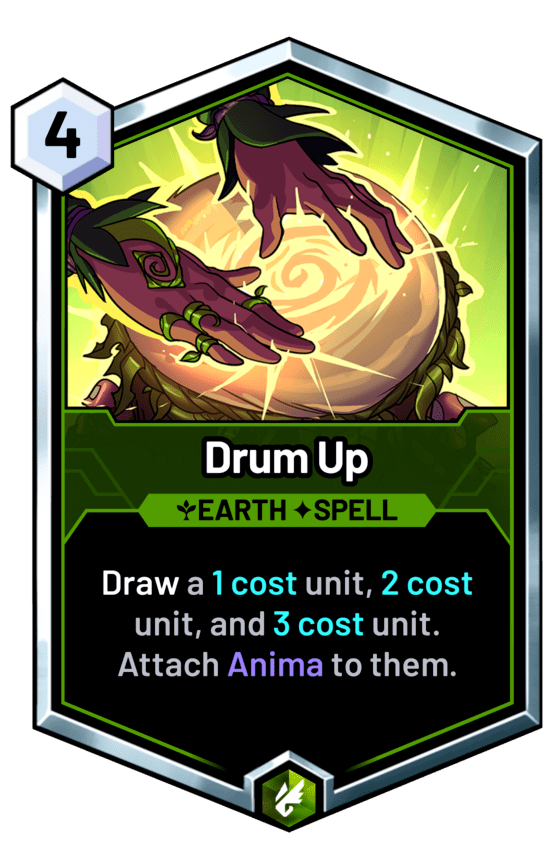 |  |  |  |
|---|
For 7 mana, it's possible to draw 3 units with Anima attached to them, drop Mad Hat for the spell cost reduction, and close out my mana with Speedster. This triggers Ready due to having no mana left, but a 1-cost spell like Forcefield can still be played to trigger Anima. This results in a 4-damage swing on deploy that my opponent wasn't expecting! It's similar to using Forcefield on Zoomie, but if I have Drum up and Forcefield in my hand, this is a combination I can actually plan out by watching what units are left in my decklist before playing it.

SITUATIONAL TRICKS
Timber is something I've been talking about for a while, but I secured a surprise win by deploying and killing Timber with my own Defragment. I'm sure there are other ways to achieve this affect (Heart and Death triggering, for example), but in my deck this is an interesting option for eking out a win in close match.
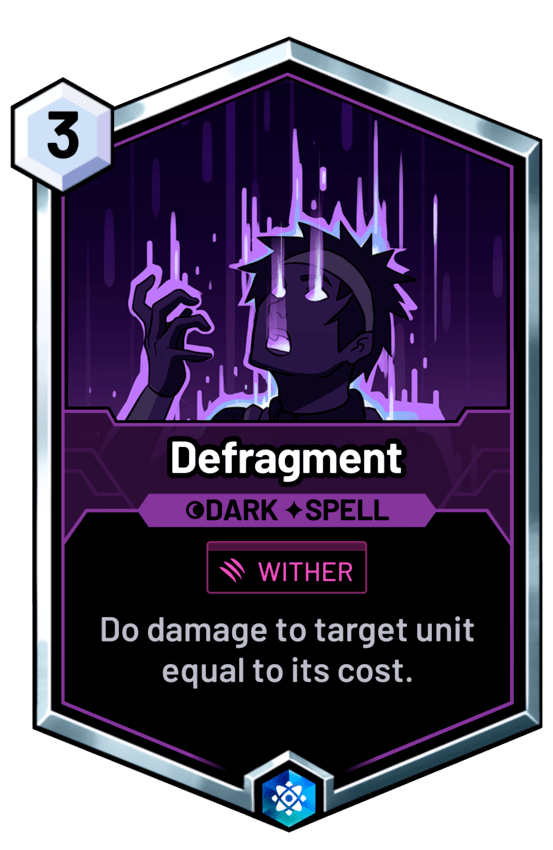 |  |  |  |
|---|
Revisiting Drum Up, Champ was the 3-cost unit I pulled when first playing the Speedster combo described above. Champ can move the Anima it receives to another unit which triggers the Anima bonus on itself! After Drum Up, 3 mana nets you a 5/5 with Anima granted to an ally. I've used this multiple times to create threats right after my opponent locks something down with a disabling enchant such as Roots or Silence.

Dead Cats
Sometimes the paper value of a cards turns out to be less useful than you'd hoped. In my case, the meta quickly shifted away from the Agility Prism over the last two weeks. Light decks are on the rise, and Heart/Strength has become a particularly problematic match-up for me. (Just when I thought I was done fearing Heart!)
CURRENT WEAKNESS
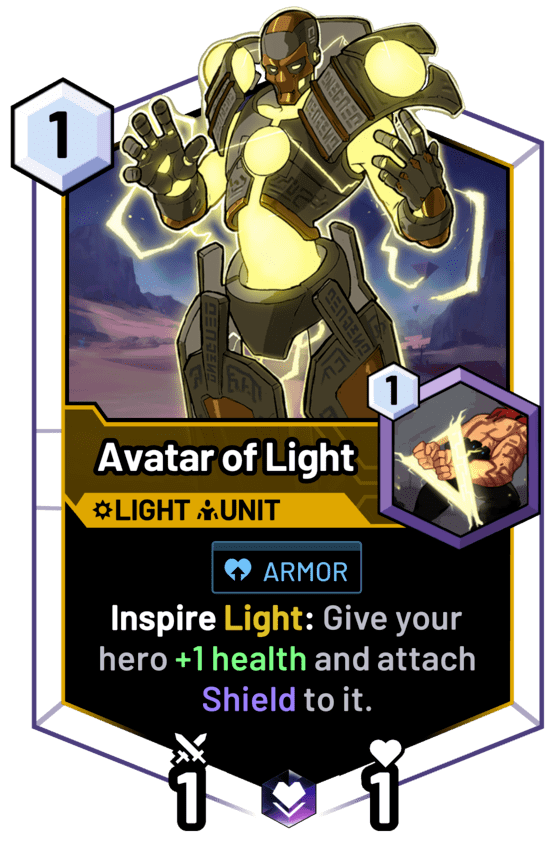 |  | 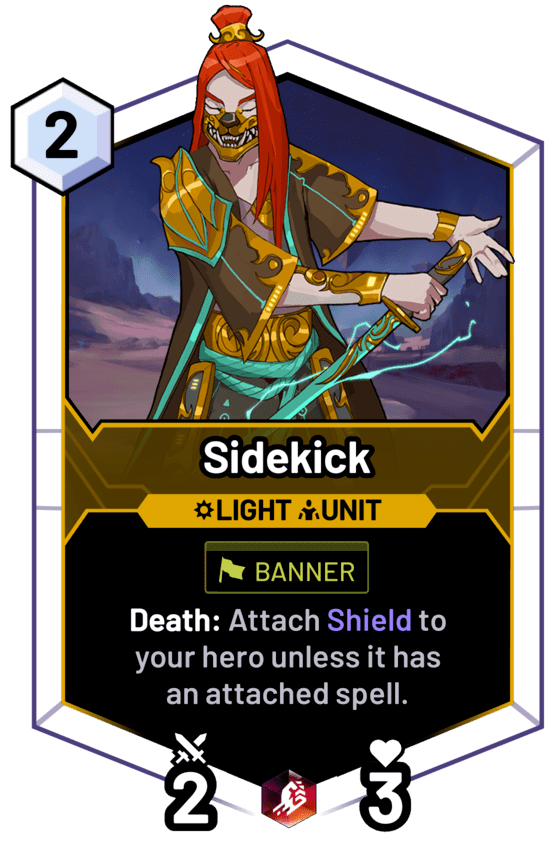 |  |
|---|
Because my strategy doesn't involve locking down the board forever, overwhelming my opponent with beefcakes or turning my Graveyard into a broken record, I'm heavily reliant upon using efficient cards to quickly close out matches. Heart/Strength Light decks are the literal opposite of my strategy: Triggering chains of bonuses across multiple weaker cards to outlast the opponent.
An early Light Knight can be a massive pain to deal with if I don't have the right kind of removal ready or beefier units that won't be killed for free. Inversely, Sidekick negates an attack on my opponent's Hero unless I can remove the buff through less common effects like Chain Golem dying that apply debuffs to the enemy Hero. The loss of Hero damage is critically important, because my entire strategy is to blitz the opponent down through sustained pressure. If my opponent is frequently immune to damage, there's no pressure to sustain!
When I progressed deeper into Scholar, I found more, and more and more of these Light decks. They're so common, right now, that this kind of sudden loss streak isn't unusual for me:

Even the latest balance patch directly acknowledges the strength of this deck when nerfing Glorious Mane:
A nerf to a card at the core of one of the statistically strongest decks in the current Metagame, Light-based Glorious Mane Horik.
So, what is a Mai to do? Let's walk through my deck's sticking points for this match-up.

UNRELIABLE TRIGGERS
In order for a card to have value, it's effects need to be reasonably useful in the majority of situations. Direct counters aside, cards in my deck need to be able to "do their thing" with some consistency given the time crunch I'm under to knock out a win.
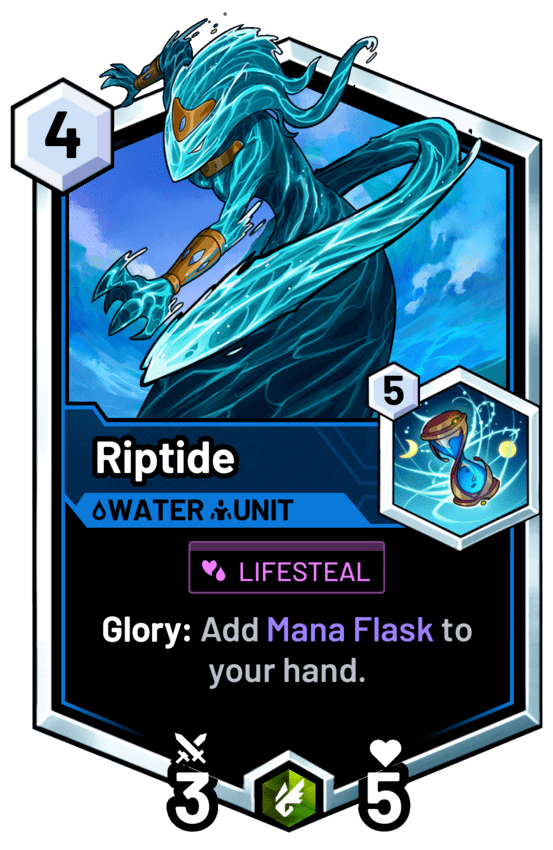 | 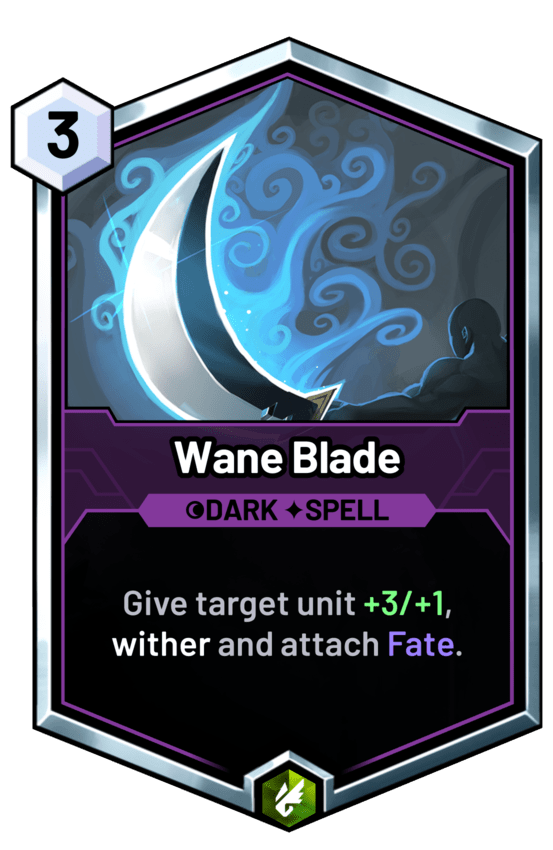 | 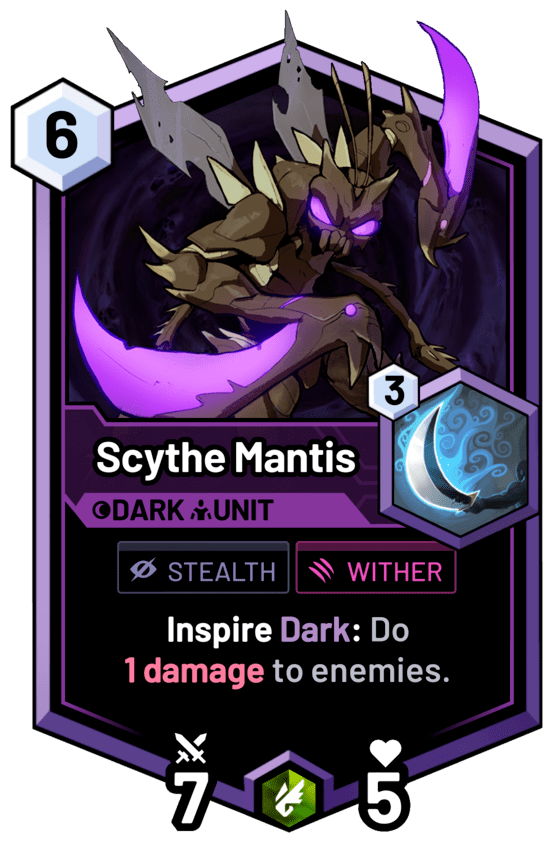 |
|---|
Riptide was one of the cards I pointed out as having the potential to provide card draw in the mid-to-late-game stage when my budget Constructed deck usually ran out of steam. The problem, now, is the current (Light) meta makes it difficult to land Hero damage in the mid-game. Glory isn't useful unless it's being triggered, so I've found myself saving Riptide until I'm effectively trading 9 mana for a chance at a 5-cost card that somehow closes out the game. My 5-cost cards aren't finishers.
Scythe Mantis is in a similar situation, as most of my Dark cards are in my Graveyard by the time it enters play. I felt the need to wait until 9 mana (again) for the on-deploy combo of AoE 1 Wither and a +3/+1 somewhere else. I've actually won a couple games by doing this, but Light decks are filled with Armor. Armor negates Scythe Mantis' AoE damage. Since I was mainly including Wane Blade as another Inspire Dark trigger, I probably have better options.

TOO SITUATIONAL
Continuing the theme of consistency, Light decks don't have any one card that makes the theme. This means holding onto specific counters isn't as useful for dealing with them because it's a "thousand cuts" kinda situation.
 | 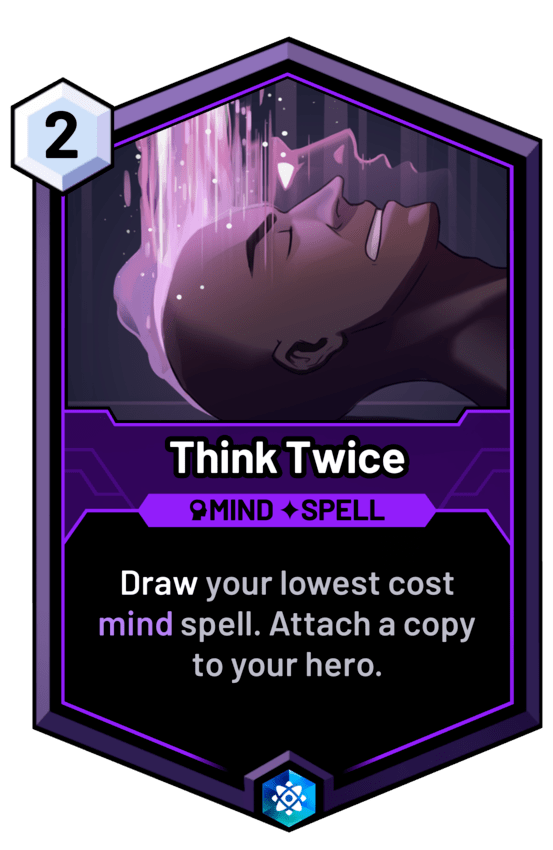 |  | 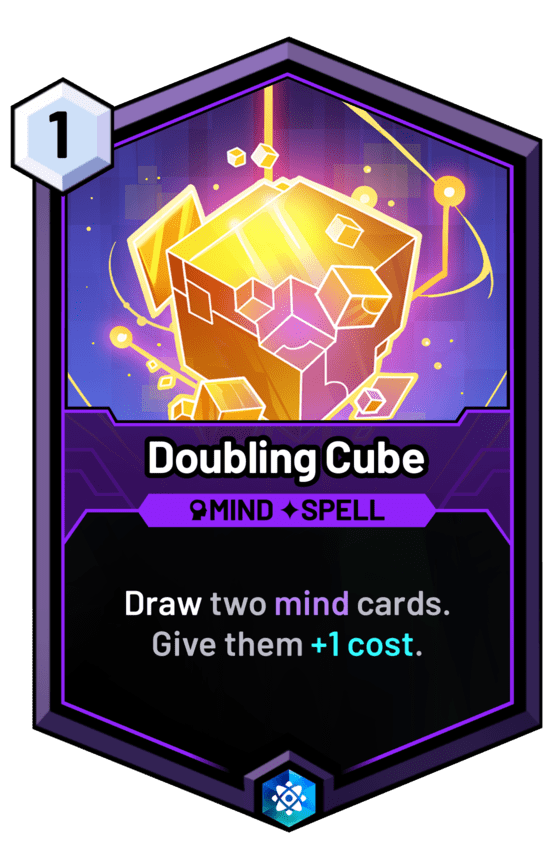 |
|---|
Technically, King Slay can kill the early-game Light units that start the slow Shield march to victory. I could snipe a troublesome card, but I'd spend 5-mana to do it and more Light units are coming. I've had too many matches where I spent 5 mana to kill a 2-cost unit only to lose King Slay to a Shielded attack or one of the many removal spells capable of dealing 3 damage. I'd rather have Strige Strike and the extra mana. (Notice the 9-mana combo cost, again!)
I also noticed that Think Twice frequently became a useless spell if I drew Overmind on my starting turn after picking Think Twice for my starting hand. Doubling Cube is the default Mind spell chosen when Think Twice lacks a valid target, and it just doesn't work in my deck. There's nothing like realizing you've given yourself card disadvantage on your first turn without even playing a card.

Baby's First Conquest
Now, I didn't figure out all of problems my deck had facing Light decks just from playing Constructed mode. While I didn't wait until I reached Prophet, I attempted 3 Conquest runs after attaining Scholar because my win rate (~80%) suggested it was worth the attempt.
Run 1: "You Were The Chosen One!"
My first run was surprisingly successful until it suddenly. . . wasn't. I ended my first run with 2 wins out of 3 to earn 2 Silver cards and some bonus XP. Not bad for my first attempt! My winning matches were both decisive victories, and one of them was against a Grandweaver! My opening hands were strong, my combos landed well, and I didn't have issues with burnout in the mid-game.
The problem? My third match revealed a potential issue with my deck: The starting hand.
If my deck doesn't start with the exact right cards, it struggles to gain a footing in the match and can lead to disastrous losses in record time. In this case, my starting options weren't playable. As in, nothing in my hand could be used on the first turn without wasting an effect or breaking a combo I'd rather use later in the match.
My opponent played an aggressive Agility/Heart Banner deck that knocked everything I (finally) played off the board and denied me from having any presence in the match. I literally did nothing but play units and end my turns. I didn't draw any removal, my units cost too much mana to play, and the game was over in 3-4 minutes. It was an absolute blowout of a match.
I finished the run entirely deflated, but at least I was already up in terms of profit! These were the Silvers I received:
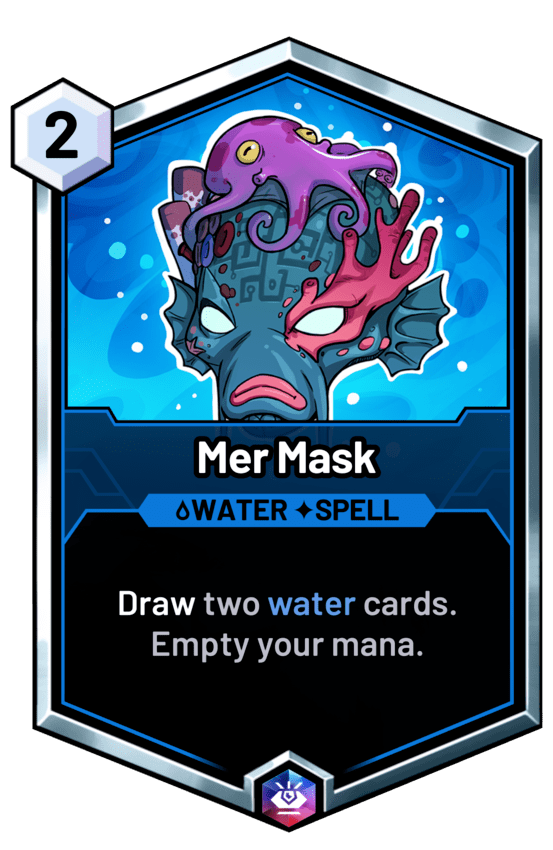 | 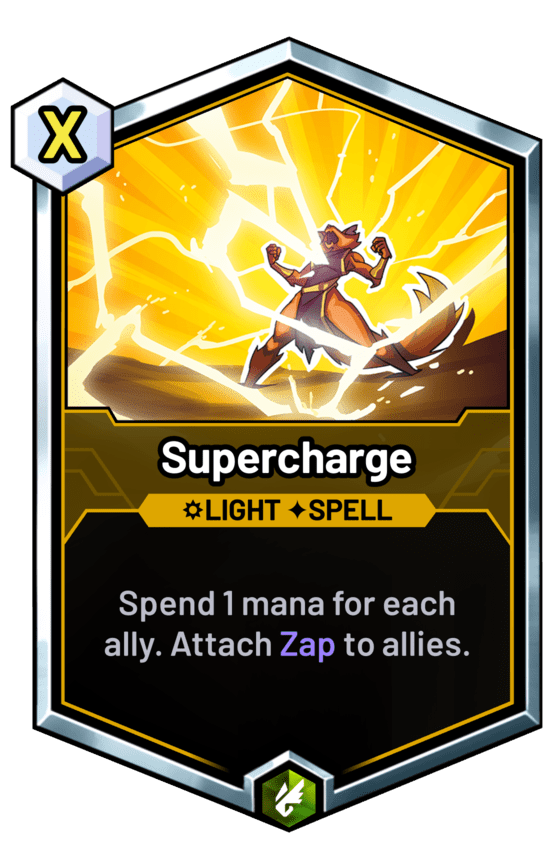 |
|---|

Run 2: "Just Stay Down"
My second Conquest run was a total flop. My starting hand was mediocre and defensive (something it isn't designed to do), and my opponent played an aggressive Fire opening. I continued to draw unusable high-cost cards, and it was fairly clear the game was over by turn 4. I continued to play until the bitter end while praying for RNGesus' salvation to no avail. This brought my overall Conquest haul to breakeven.

Run 3: "Do You Even Ramp?"
The third Conquest run is what finally tipped me off the a core issue with my deck in the current meta. My first match was against H/S Light (I hadn't yet begun to drown in them, yet) which I managed to win. That's not the point, though. The point is I almost didn't. Even after starting with one of my strongest opening hands, I only won by topdecking the right card.
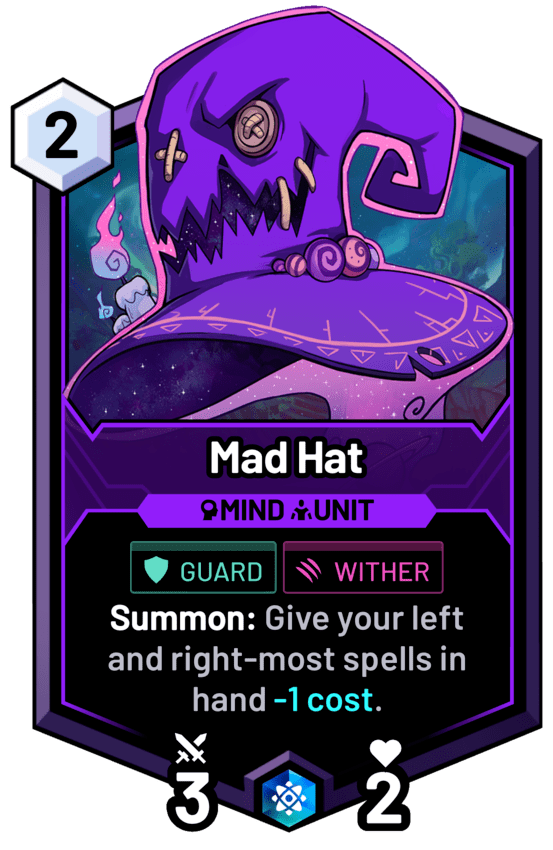 | 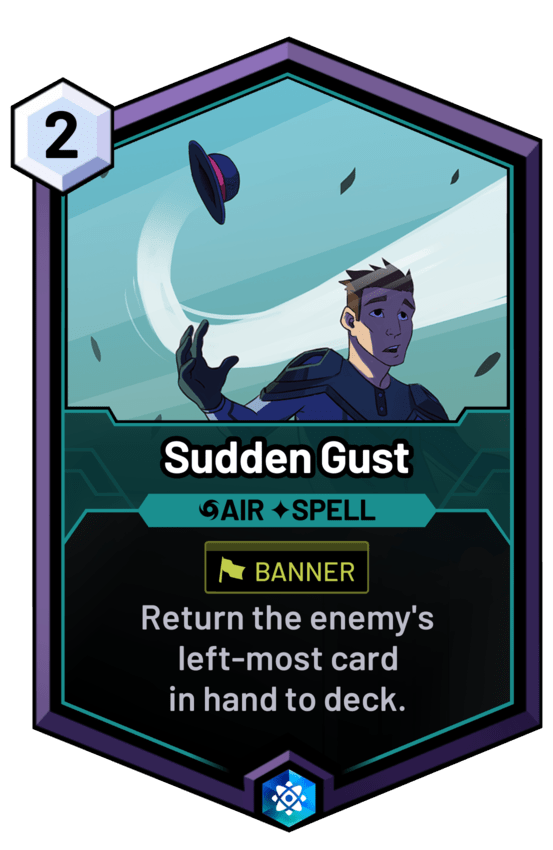 | 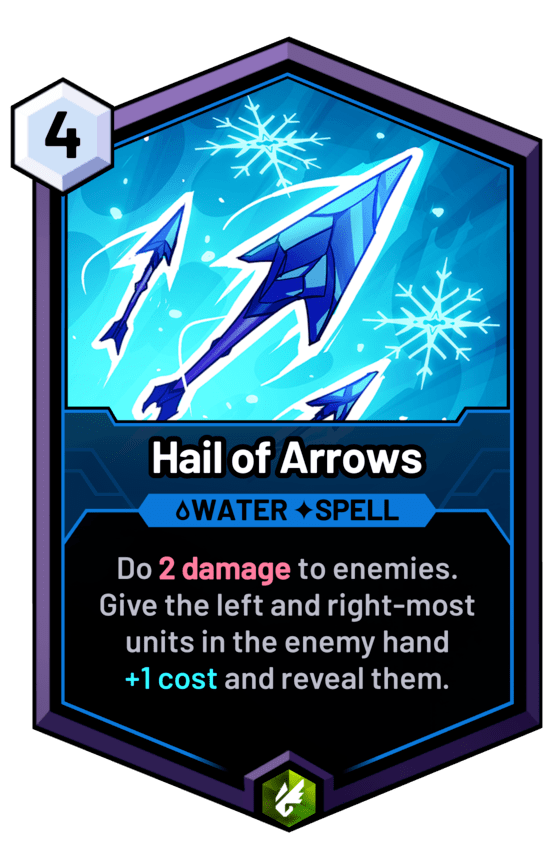 |  |
|---|
This near miss suggested that my average starting hand would likely crumble to even a mediocre starting Light hand. I stalled for several turns in the middle of the match when the Armor/Lifesteal/Shield wall was assembled, and I only avoided a total lockdown of the board with a timely Queen of Jacks and the Hail of Arrows. Of course, I didn't even know the meaning of losing until my run came screeching to a halt.
My last match was against H/W Light deck. It, too, was obnoxious beyond reason, but I'd soon learn it was beyond reality as well. By turn 5, my opponent had a 3-mana advantage which was used to chain multiple drawing effects until they were rotating cards into their deck from a full hand every turn. Throughout all of this, my deck repeatedly killed the same handful of units over and over again. I thought I had a chance when they dropped below 10 health, but then the health ramping began.
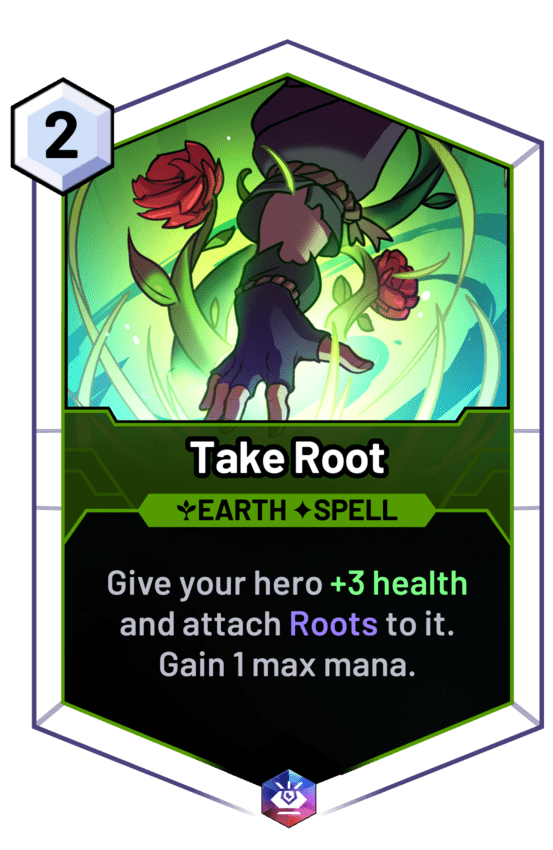 | 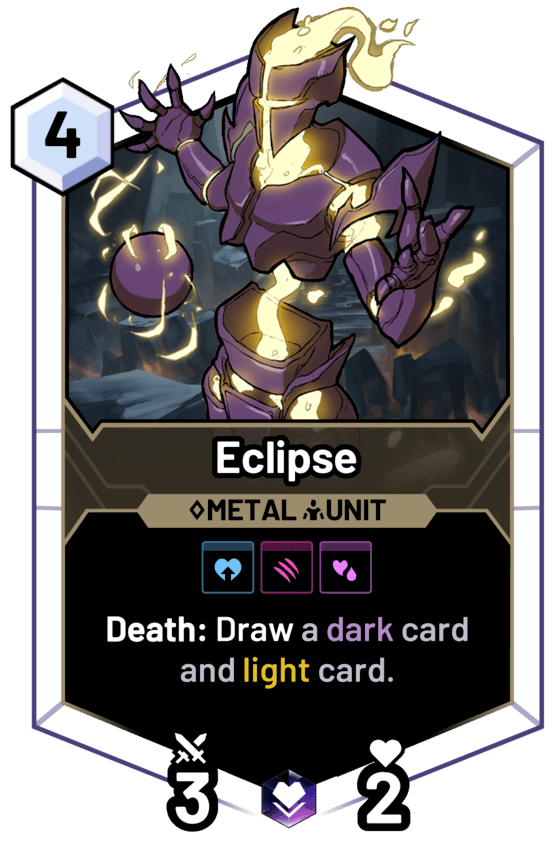 | 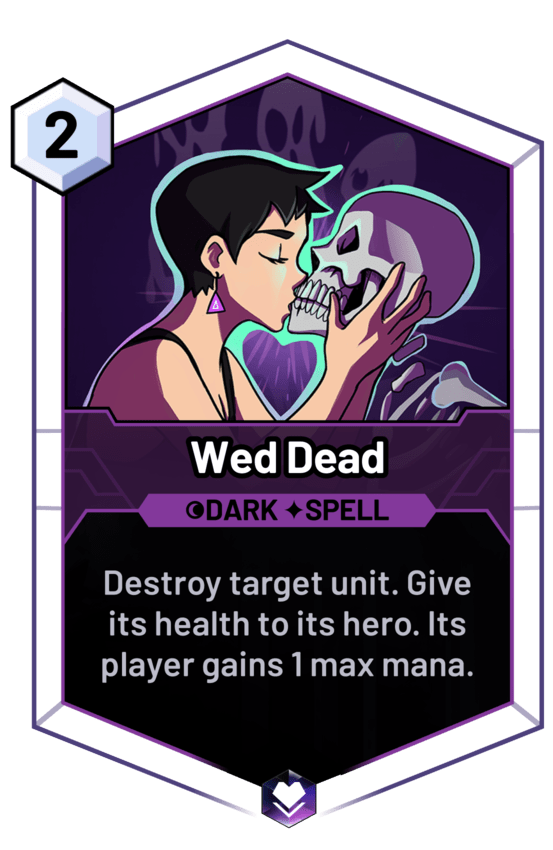 | 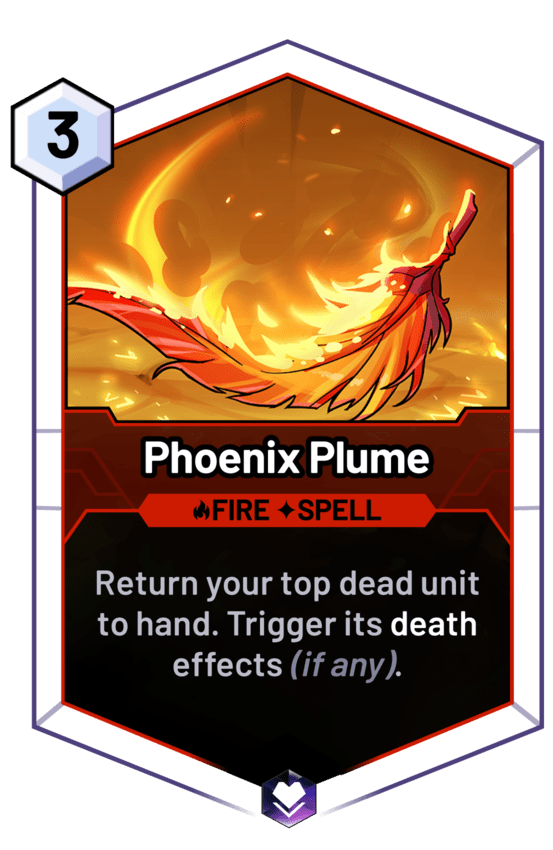 |
|---|
Through a combination of Graveyard manipulation, Death trigger repetition, mana ramp, health ramp and a Death fueled draw engine, the rest of the game was simply me watching the numbers balloon out of control. My opponent couldn't kill me so long as I kept killing their creatures, but the game would eventually end with my opponent at 20+ mana (I had 12), 50+ health, a full hand of cards, a full board of units, and nothing on my side whatsoever. No units, no cards in hand, nothing.
I can't even imagine a situation where my deck's best starting hand with absolute perfection in draws and plays could defeat this deck. It was tiltingly humbling. Thus, I went back to the drawing board after a breakeven foray into Conquest mode:
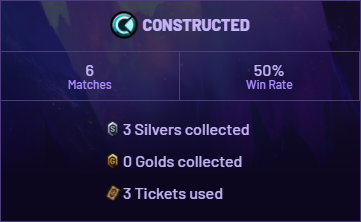

Back to Basics
My first assumption is my win rate was heavily inflated due to being in a lower rank. When I entered Scholar, the pool of decks expanded considerably. By the time I had finished testing my deck after the Conquest trainwrecks, my win rate had dropped from 79% to the low 60%'s after a 5-match loss streak to H/S Light decks.
The Good
When not facing Light decks, my aggressive deck wins far more often than it loses. I have tempo-flipping combos, draw options, efficient openers, and plenty of damage sources to close out matches. That tells me the deck isn't bad, there's just a particular deck type that it struggles against which happens to also be rocking the meta, right now.

The Bad
Given the number of times I experienced the Skyweaver equivalent of mana screw in Conquest, my mana curve probably needs a tweak to avoid hands that look like this:
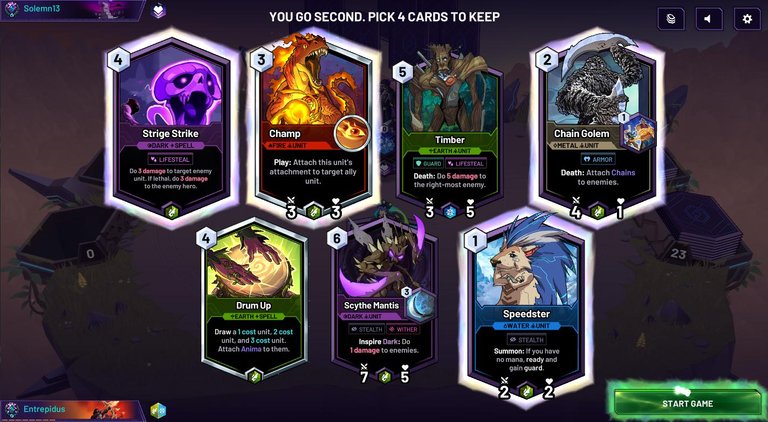
Yes, it is playable, and yes I could draw into a solid opening hand. My issue is that I have enough higher cost cards that I only see one 1-cost and one 2-cost option in this. My opening hand is forced, and I don't have the option of adjusting my picks to better suit my (Heart) opponent that will likely kill my first deploys with ease.

The Ugly
This is what mana screw looks like in Skyweaver:
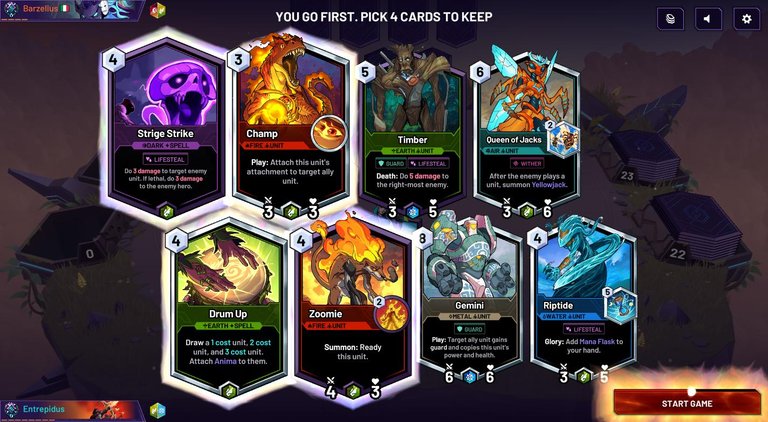
This hand is unplayable, and I'm forced to either drop Champ (a waste) or swing with my Hero and hope for a better draw. This is essentially gambling, and it's exactly the kind of inconsistency I want to avoid.
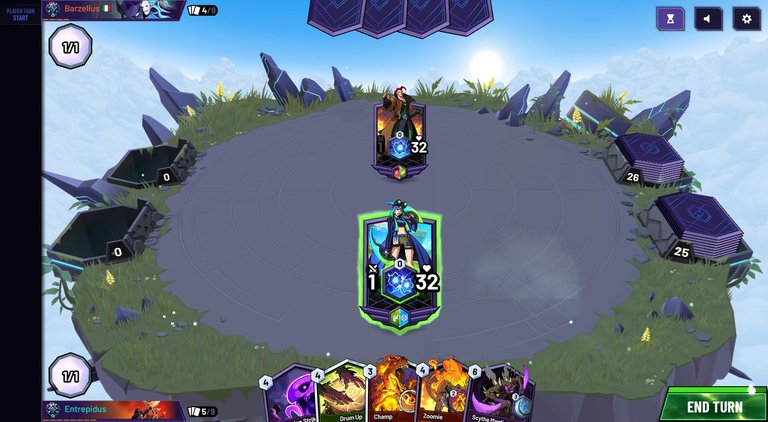
RNGesus showed no mercy, and this particular match turned into a swift, pointless loss. There's definitely a pattern growing regarding the lack of low-cost starters.

Gameplan
To summarize, these are the issues I need to address:
- My mana curve is needs more early-game options.
- Light decks require more consistent card effects and larger damage sources.
- Death effects are on the rise, again.
- Sometimes Think Twice is useless.
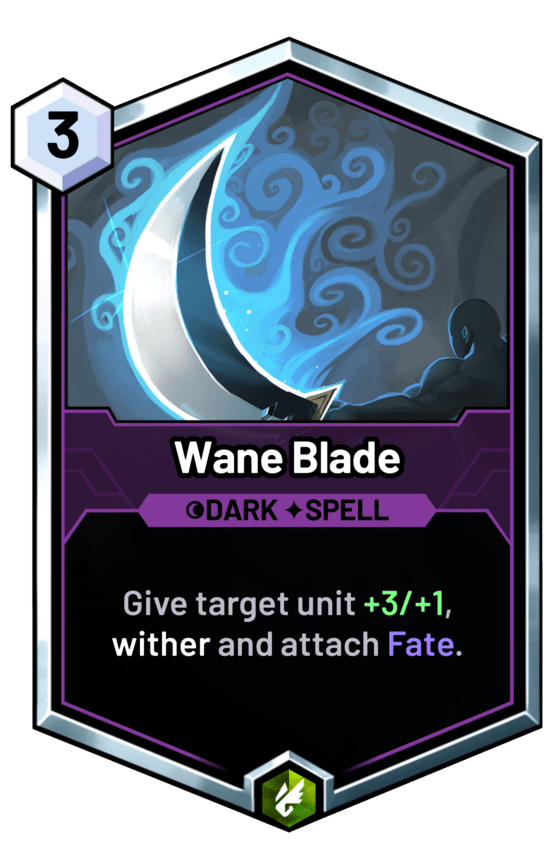 | 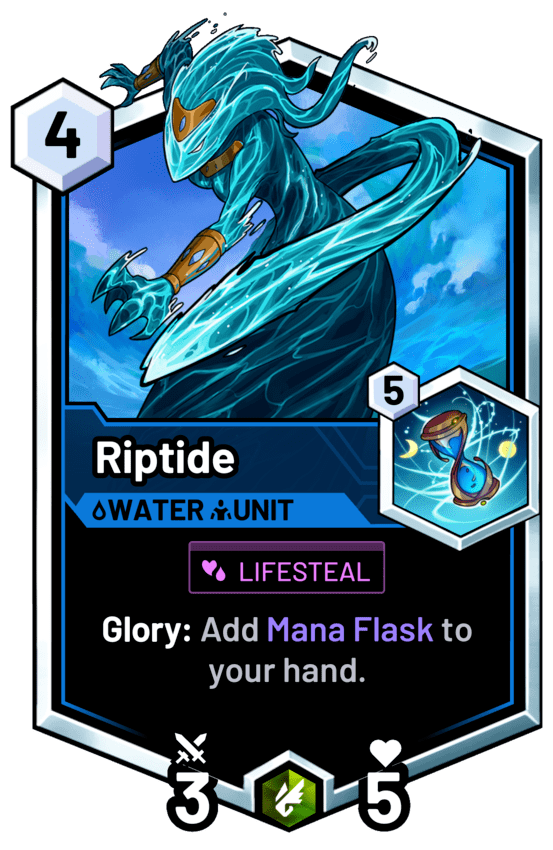 |  | 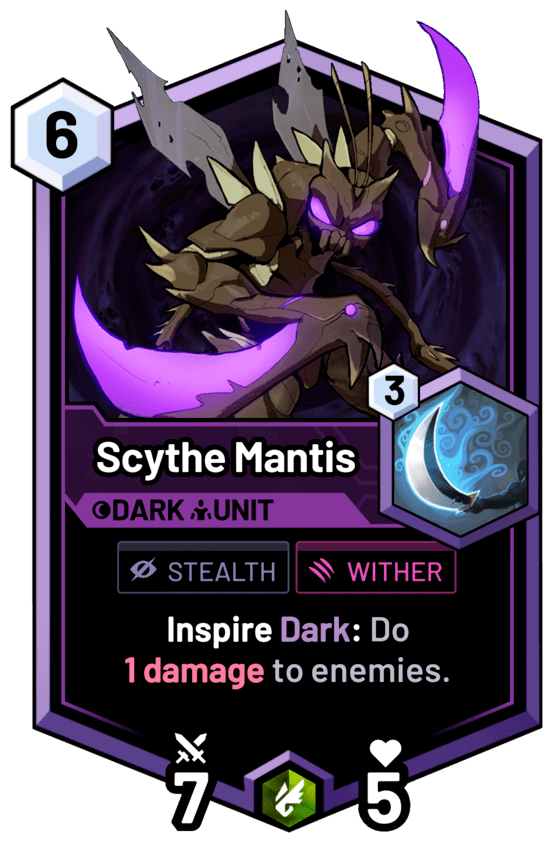 |
|---|
These cards have to go, because two of them are directly countered by Light decks. King Slay isn't an efficient source of removal in the current meta, and Wane Blade was a Dark spell included primarily for triggering Inspire Dark on Scythe Mantis.
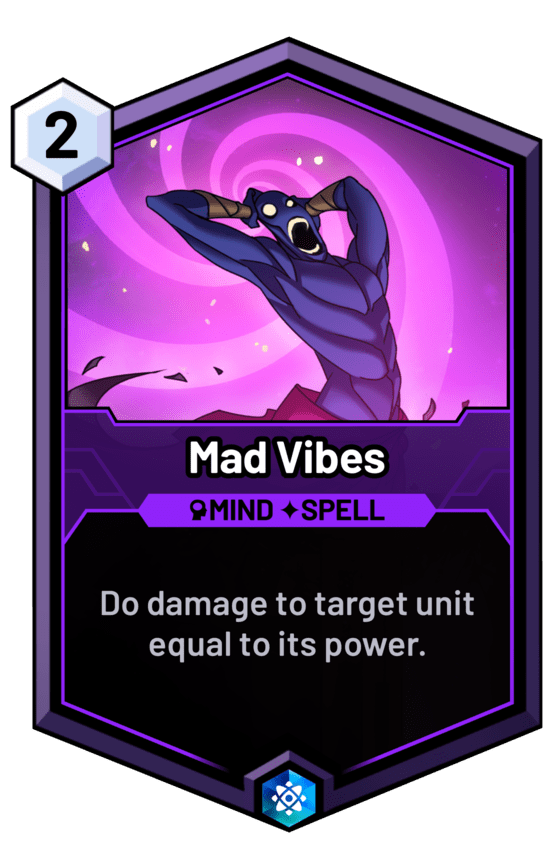 | 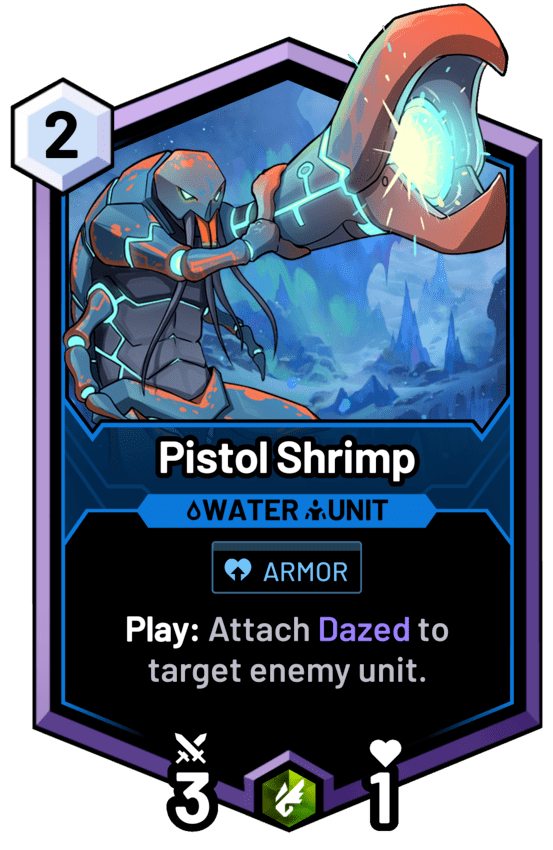 |  | 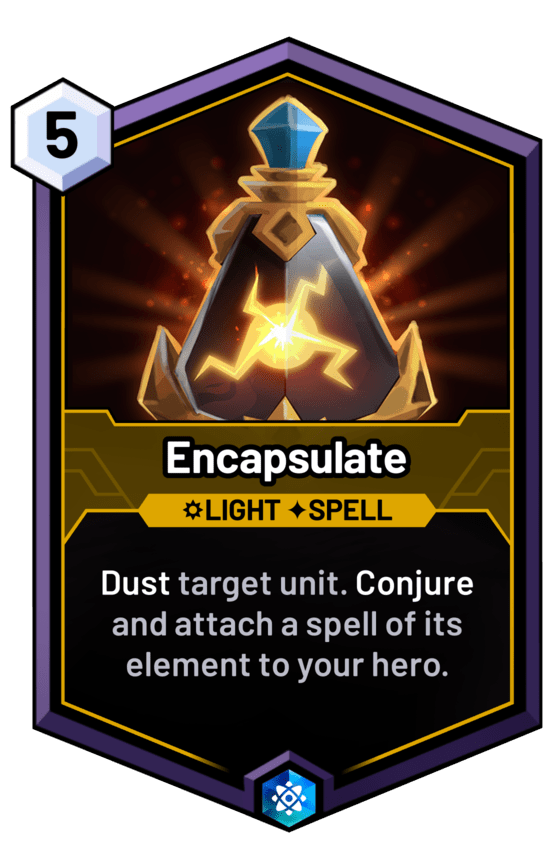 |
|---|
So long as I don't pick any other Mind spells with Think Twice for my opening hand, adding Mad Vibes ensures Think Twice is always usable if I choose to start with it. Pistol Shrimp is a low-cost answer to Shield, while Vyper Ambush puts multiple bodies on the board. The 1 Health is concerning in that they're easily to kill, but 2 mana for 3 Hero damage (a common method for killing one of the Vypers) and possibly a leftover 3/1 isn't a bad trade. It's a card I'll be looking to replace if it doesn't immediately perform, though.
Encapsulate is my card draw replacement for Riptide. It can remove anything but Shroud from the board while negating Death effects and providing a card in return. Even as I say this, I'm eying It's A Trap! and Mass Confuse. They're both something I'll be looking to test out if Encapsulate fails to produce results.
Here's the final cut for this week:
SWxAGI02j16kDEhBi7eXDrE8qydPQWXa5qrH818WZG4DhNoBMwCpYLfdLmo2yua6gnbXet51BhopG79Thxq5oC3nuu

What Is Skyweaver?
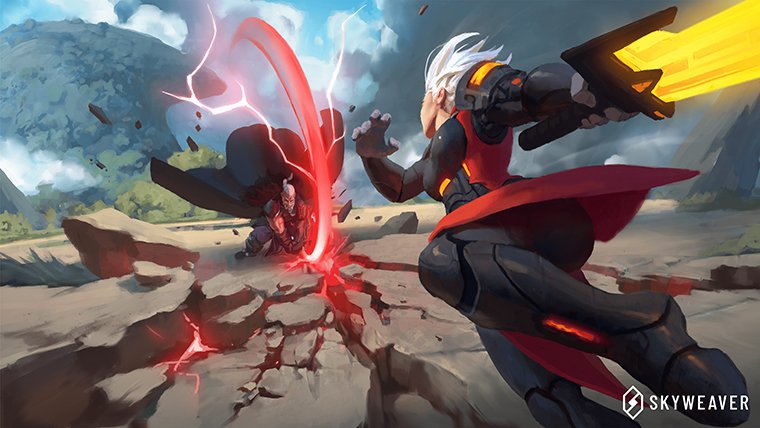
Skyweaver is a fast-paced, cross-platform TCG (Trading Card Game) built on the Polygon (MATIC) sidechain for Ethereum. Closest in nature to Hearthstone, Skyweaver puts you in control of a hero that directly participates in each match. These matches take place in "Sky", an alternative reality existing parallel to Earth, where you'll use mana to battle with your opponent through creatures and spells.
Skyweaver differentiates itself by how decks are constructed. At first, newer players will use randomly generated decks based on which hero they've chosen. The goal is similar to all TCG's: reduce your opponent's health to 0, first; however, the number of cards in your deck changes from mode to mode and hero to hero. This distinction is important because even when you transition to crafting your own decks, additional cards are dynamically added through this RNG mechanic once you've run out of cards to draw.
To learn more, check out our Skyweaver breakdown!

What Is The 1UP Cartel?
The 1UP-Cartel: A Meta-Guild For Blockchain Games HIVE Community Gamification
The 1UP-Cartel is a mix between a gaming guild like YGG (that invests into gaming assets and creates scholarships for gamers, sharing the gaming revenue), a dividend token (similar to BRO, LBI, INDEX and UTOPIS, paying out regular dividends to token holders from part of the revenue stream) as well as one of the most extensive curation service initiative on the Hive-Engine ecosystem thus far.
Join The 1UP Cartel Discord Today
